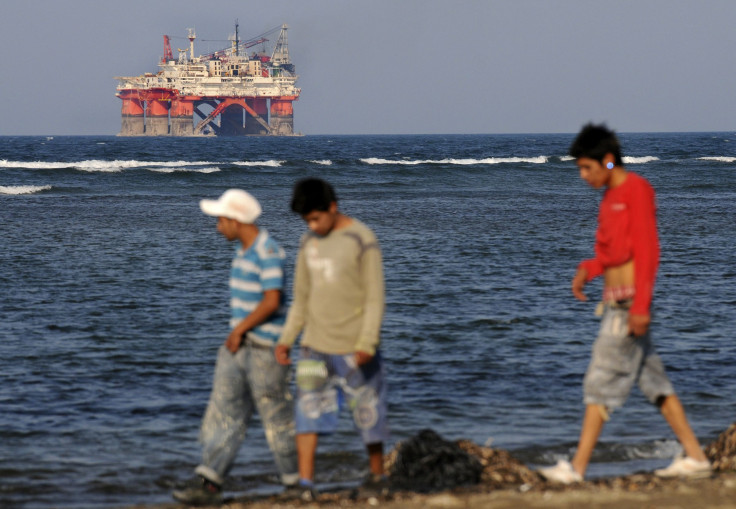Pemex Opening To Foreign Investment Will Pave The Way To Mexico's Deepwater Oil Fields

MEXICO CITY -- Oil has been Mexico’s ticket to development for almost a century. And since the nationalization of Petróleos Mexicanos (Pemex) in 1937 -- which Tuesday celebrated its 76 anniversary -- it has been a source of pride and a fiercely defended symbol of Mexican independence.
However, the golden-egg hen that Mexican oil once was is dying out. Pemex, still the seventh-largest oil company in the world and source of 8 percent of Mexico’s GDP, has been fighting trouble for some time now. With a total debt of $61 billion, or $100 billion when labor liabilities are factored in, Pemex might be due for a serious makeover.
That was the decision of Mexican president Enrique Peña Nieto last year, when he announced an energy reform that would open the company to partnerships with foreign and private investors. The bill was approved by Congress, in spite of massive protests by irate Mexicans, and the company is expected to sign its first partnerships later this year.
One of the reasons for the energy reform was that Mexico’s oil reserves lie mostly offshore, where billions of barrels of oil are thought to be buried under the sea in the Gulf of Mexico. The country’s deepwater fields are promising, but Pemex is not currently equipped to exploit them. With its soaring debt and outdated machinery, the state-owned monopoly cannot single-handedly exploit the resources to their fullest. And that is where outside help comes in.
“Mexico has a lot of potential with regard to hydrocarbons,” Pemex head of investor relations Rolando Galindo told the Financialist. “But these more complex reservoirs have higher costs and technology requirements … and it was getting very complicated for Pemex to do all of this alone.”
The numbers from this year back the statement. In late February, the company posted its fifth straight quarterly loss -- $5.8 billion on a production of 2.52 million barrels per day in 2013, down from 2.55 million barrels per day a year earlier. The Cantarell oil field fell from 2.1 million barrels daily in 2003 to barely 400,000 barrels 10 years later.
The potential of the unexplored deepwater fields is enormous. The country’s reserves stand at 10.3 billion barrels of oil and 17.3 trillion cubic feet of natural gas, though some estimates point at double of that.
If the reforms proceed as expected, Pemex estimates it could generate about $10 billion in new investment in the next 10 years. Forecasts point at 60 percent growth over the current production, which in turn could boost annual GDP growth by 1.6 percent annually by 2025.
Congress is expected to decide on the specifics of the investment relationships by the end of April. Meanwhile, Pemex has until the end of this month to decide what fields it wants to develop on its own and for which it will seek partnerships.
© Copyright IBTimes 2024. All rights reserved.











